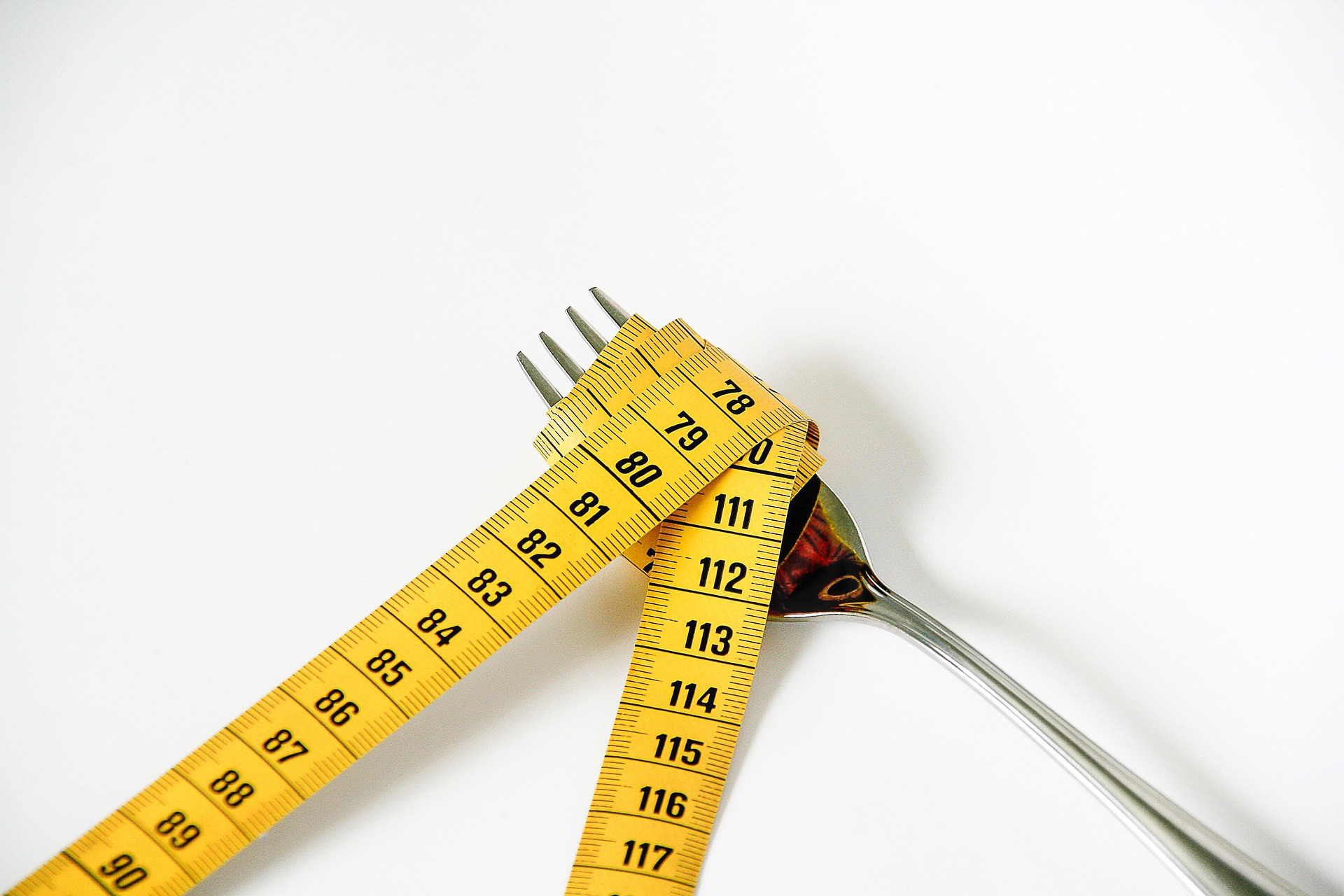If you are trying to manage your weight, understanding your Total Daily Energy Expenditure (TDEE) is one of the most powerful tools at your disposal. TDEE represents the total number of calories your body burns each day through resting functions, daily movement, digestion, and intentional exercise.

TDEE is made up of four key components:
- Basal Metabolic Rate (BMR) – This is the energy your body uses at rest to maintain essential functions like breathing, circulation, and cell repair. It accounts for about 70% of your daily calorie burn, making it the largest contributor to your metabolism. The best way to increase your BMR is to build lean muscle through strength training and progressive overload. Muscle burns more calories at rest, making it a powerful long-term tool for fat loss.
- Non-Exercise Activity Thermogenesis (NEAT) – This includes all the calories burned through everyday movement like walking, fidgeting, or cleaning. NEAT makes up roughly 15% of TDEE and can be increased by adding more movement throughout your day—take the stairs, walk more, and stand instead of sitting.
- Thermic Effect of Food (TEF) – This is the energy your body uses to digest food, contributing about 10% of your daily burn. Protein has the highest thermic effect, so eating more protein naturally increases your calorie expenditure.
- Exercise Activity Thermogenesis (EAT) – This is the smallest portion, around 5%, and includes calories burned during structured workouts like cardio.
Most people trying to lose weight focus almost entirely on cardio. But the truth is, cardio burns the fewest calories in the grand scheme of your metabolism. If fat loss is your goal, prioritize in this order:
- Strength training first.
- Daily movement second.
- Protein intake is third.
- Cardio last.
If you only choose one thing to change, let it be strength training. It builds the foundation for sustainable weight loss.



